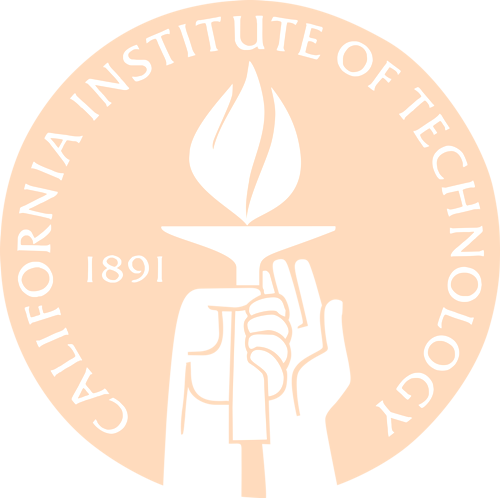Team:Caltech/Human Impact
From 2010.igem.org
|
People
|
Human ImpactWith any new development in technology, there coincides a need to appropriate the new object in the established context. We intend to delineate any major questions about that process by pointing towards answers to these common concerns listed below: 1. What are the potentially proprietary components of a biologically engineered project?Theoretically, a competitor should own any component submitted to the contest inasmuch as the competitor contributed to the novelty of the component in a major way. Whole organisms/subspecies/strains should not be owned if the competitor did not contribute to the differentiation of the species; isolated naturally-occurring genes should not be owned. Ownership of a biological organism or part cannot be claimed if the competitor did not partake in its creation – for example, the chemist who first isolates gold does not own all gold, but does own the process of isolation if it is a novel one, and this process would then be patentable. Following this logic it is also clear that isolating a gene does not lead to its patentability. Similarly, modifications to biological organisms or parts need to be carefully considered for originality. The rewriting of a book, superficially changing names of characters, locations, etc is not copyrightable in its own right, although the new names and characters could be considered the work of the new “author”; forming a DNA sequence degenerate to an already existing one, then, should not lead to a copyright. Modifying a car engine design does not lead to the patentability of all cars with that engine design, only that of the engine design proper; thus, whole organisms with novel genes should not be patentable in their entirety; the significant changes made, however, are the property of the person responsible and are patentable. 2. What is to be expected to be the effect of private proprietary on the public nature of iGEM? in general with private property with respect to public property? Private use of public property may lead to more novel ideas because of larger incentive and identification with private projects. Take Unix/Linux, for instance: private companies for years have used Unix/Linux, an open-source, public platform, to develop proprietary software. The privatization of development has resulted in refined, successful products such as the Red Hat and Android operating systems, yet the development of those and related software products does not infringe upon the original public nature of Unix/Linux. For iGEM in particular, the private development of biological systems will not affect the public nature of iGEM or the Registry – the people developing those systems have full right to release their product to the Registry (thus making the parts public) or keep them for their continued private use. The use of parts already in the Registry is equivalent to taking the code base of Linux to form a novel operating system: although the code base is public domain, individual novel contributions are counted as personal property and thus the incentive for private development remains intact. 3. What is a patent? A patent is an establishment of exclusive rights between an inventor or his assignee for a finite period of time in exchange for public disclosure of an invention or innovation. Functionally, a patent gives an inventor the time to profit off of his invention for a time period wherein his competitors cannot copy or use the patented idea legally without an arrangement with said inventor. Additionally, a patent serves as a record of new technologies invented by others, such that a person wanting to develop a product and compete in a market knows what has been invented, what ideas/technologies are currently in place, and where new inventions can be made. 4. How would one go about obtaining a patent? The process of obtaining a patent can be found at: http://www.uspto.gov/patents/process/index.jsp Further questions about patents are answered at: http://www.uspto.gov/faq/patents.jsp 5. What is a copyright? Copyright is a form of protection for original works of authorship fixed in a tangible medium of expression. Copyright formally establishes the ownership between authors and both published and unpublished works. 6. How would one go about obtaining a copyright? The process of obtaining a copyright can be found at: http://www.copyright.gov/faq.html 7. What does iGEM or MIT own from this competition? in what capacity? According to an information meeting for the mentors of iGEM teams, neither iGEM or MIT does not own any material submitted to the competition. The competition and the university are simply the venue for displaying the bioengineering projects. Any possible ownership does not fall on iGEM or MIT. 8. What does the BioBrick™ Foundation own? in what capacity? The BioBrick™ Foundation is a nonprofit organization storing open source material. It does not privately own any of the BioBrick™ parts. All of the BioBrick™ parts are available for anyone to use. A draft of a public agreement has been written to help define concerns about BioBrick™ submissions. See the BioBrick™ Public Agreement draft: http://dspace.mit.edu/bitstream/handle/1721.1/50999/BPA_draft_v1a.pdf?sequence=1 9. What does the university own? in what capacity? The university may lay claim to objects produced within the context of the university as agreed upon by students when they have matriculated and accepted to working positions. For example, a university may own all developments that is funded by the university, while individual discoverers or developers may receive royalties on profits.
|
 "
"
